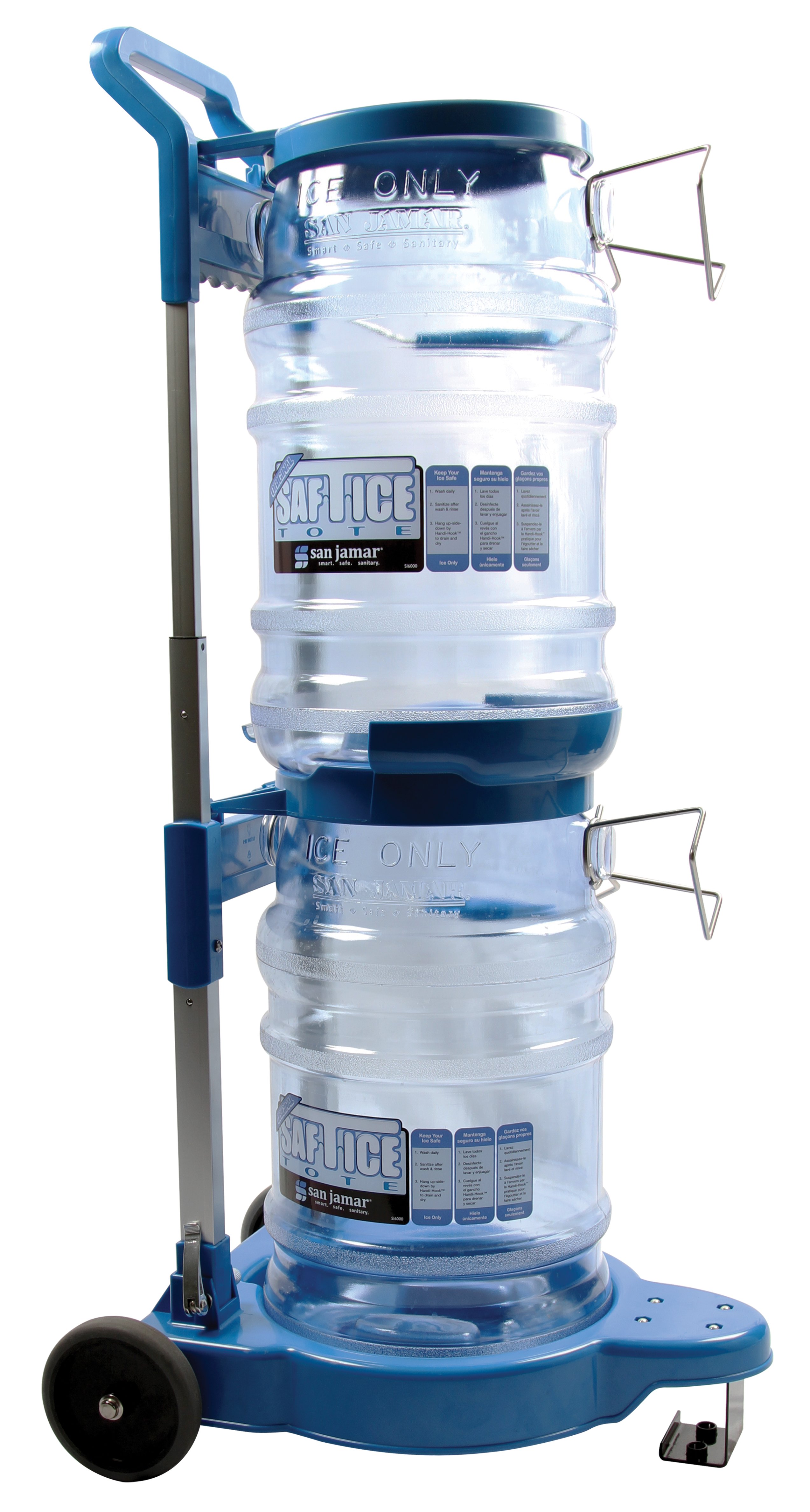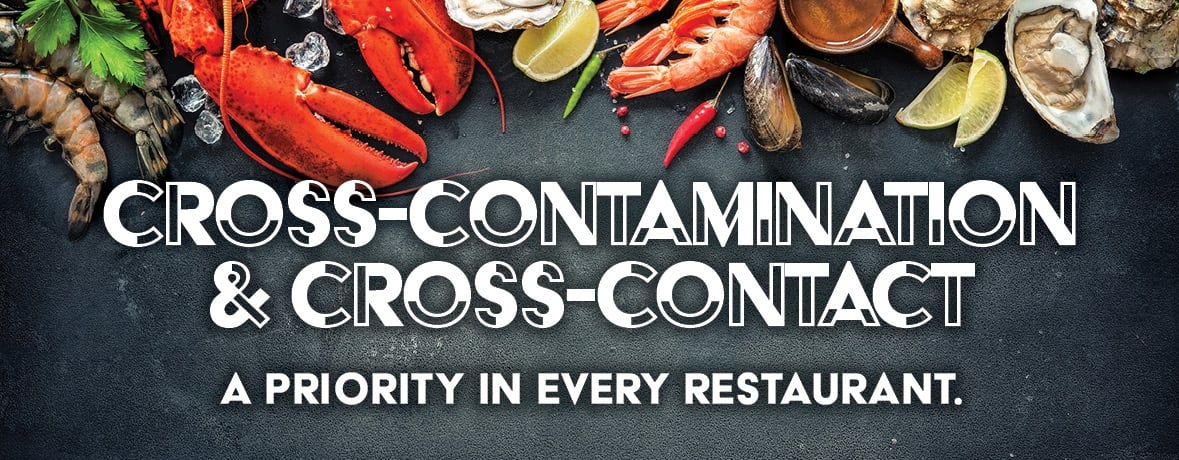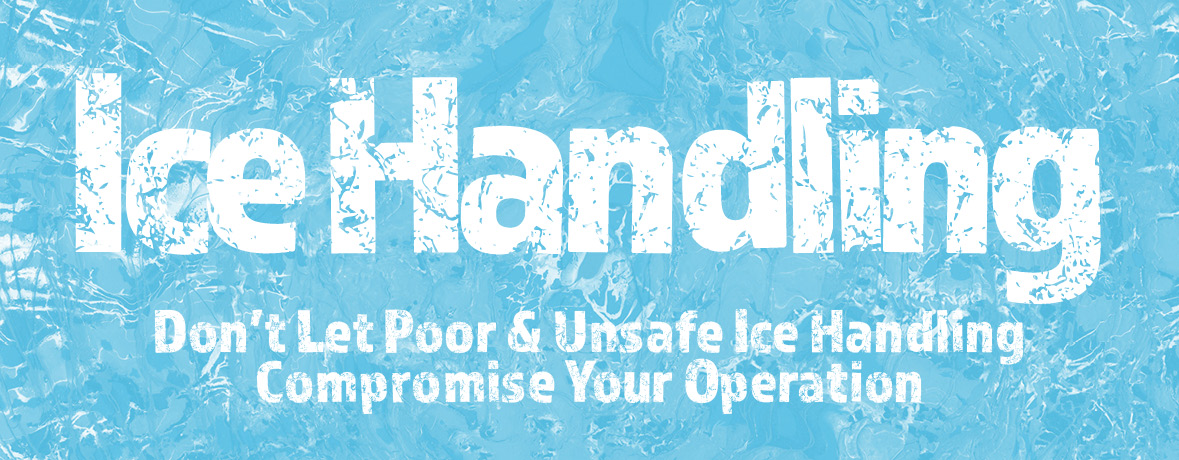
Don’t Let Poor and Unsafe Ice Handling Compromise Your Operation
We're Here To Help
Ice is food. That fact is often overlooked in many foodservice kitchens. Where most restaurant employees are trained in proper safe food handling procedures, safe ice handling is almost an afterthought. Ice is transported in buckets that are also used for who-knows-what, and most don’t think twice to plunge their bare hands into the ice maker to fill a cup for a customer’s drink.
The truth is that ice is just susceptible to contamination as a steak, if not more so. First of all, the steak is cooked to temperature, effectively killing any bacteria that may be present prior. And you’ve probably never seen a cook scoop up a steak from a hot grill with a drinking glass.
But if ice becomes contaminated with bacteria, it doesn’t go away until the ice is discarded. And many servers think nothing of scooping ice out of the bin with the glass the ice will be served in. This action can easily transfer bacteria that may be lingering on the glass to the ice. Or worse, the glass can chip into the ice causing a potentially life-threatening injury.
For these reasons, ice needs to be treated as food, and safe handling procedures must be put in place to minimize contamination and provide a safe dining experience for your guests. But fear not. Carlisle provides the tools to make it easy to handle ice safely from the time the cubes fall into the bin to the time it hits the glass.
It All Starts With the Scoop
Never use a drinking cup or glass to scoop ice from an ice machine into an ice bucket. Many hands may touch a glass before it reaches the customer and few or none of them will have a glove on when they do. Bacteria can easily be transferred from the glass to the ice.
Always use a dedicated ice scoop and never store that scoop in the ice itself. A San Jamar Safe-T Ice Scoop and Guardian System solves this problem. These handy ice scoops are made from durable polycarbonate NSF certified material and feature a knuckle guard to protect the ice from contamination by the back of the hand or knuckles when scooping.
The Guardian holder can fasten to the side of the inside or outside of the ice bin with included suction cups, brackets, or hardware keeping the scoop out of the ice when not in use.
Follow these rules when handling ice to avoid cross-contamination:
- Always use a dedicated scoop used solely for ice and store it outside or above the bin
- Never use bare hands to scoop ice out of the bin
- Never use any glassware to scoop ice out of the bin
- Never throw unused ice back in the bin
- Always use a dedicated ice tote to transport ice
- Clean and sanitize ice scoops and totes daily
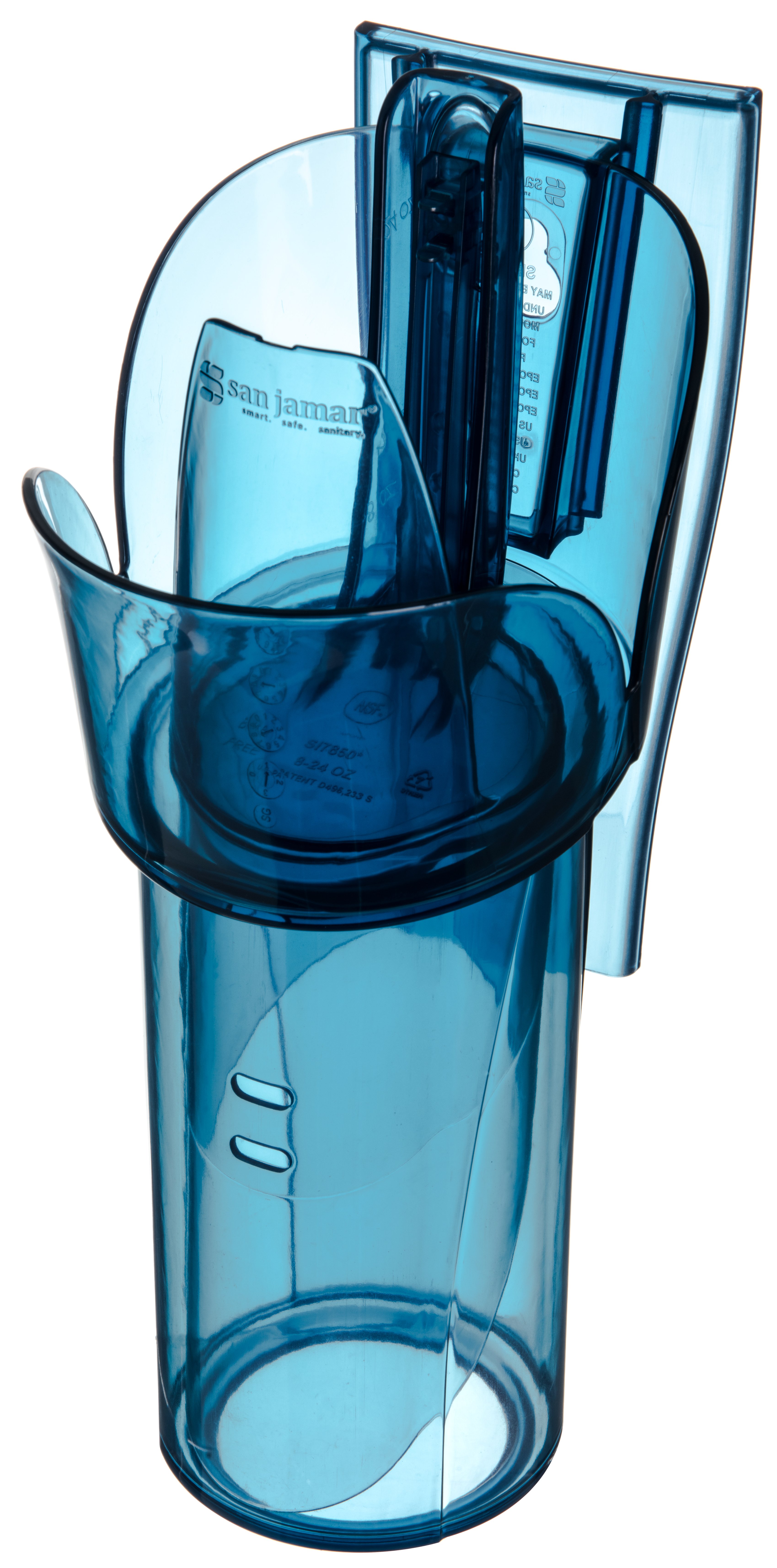
Use Dedicated Ice Buckets
Never use any old bucket you have lying around to transfer ice from the ice maker to holding bins in other locations in the restaurant. This is an easy way to contaminate ice.
Instead, use a dedicated San Jamar Light Duty Ice Tote to transfer smaller amounts of ice, or a San Jamar Safe-T Ice Tote for larger quantities up to 25lbs. These handy totes attach directly to the ice bin for easy filling and feature raised handles to avoid contamination from the floor.
The Safe-T Ice Tote is made from durable transparent polycarbonate material and features exclusive Tri-Grip ergonomic handles for easy carrying and back-saving lifting and pouring. It comes in two sizes, 6 gallon, and a 5 gallon Shorty version designed to fit in commercial dishwashers.
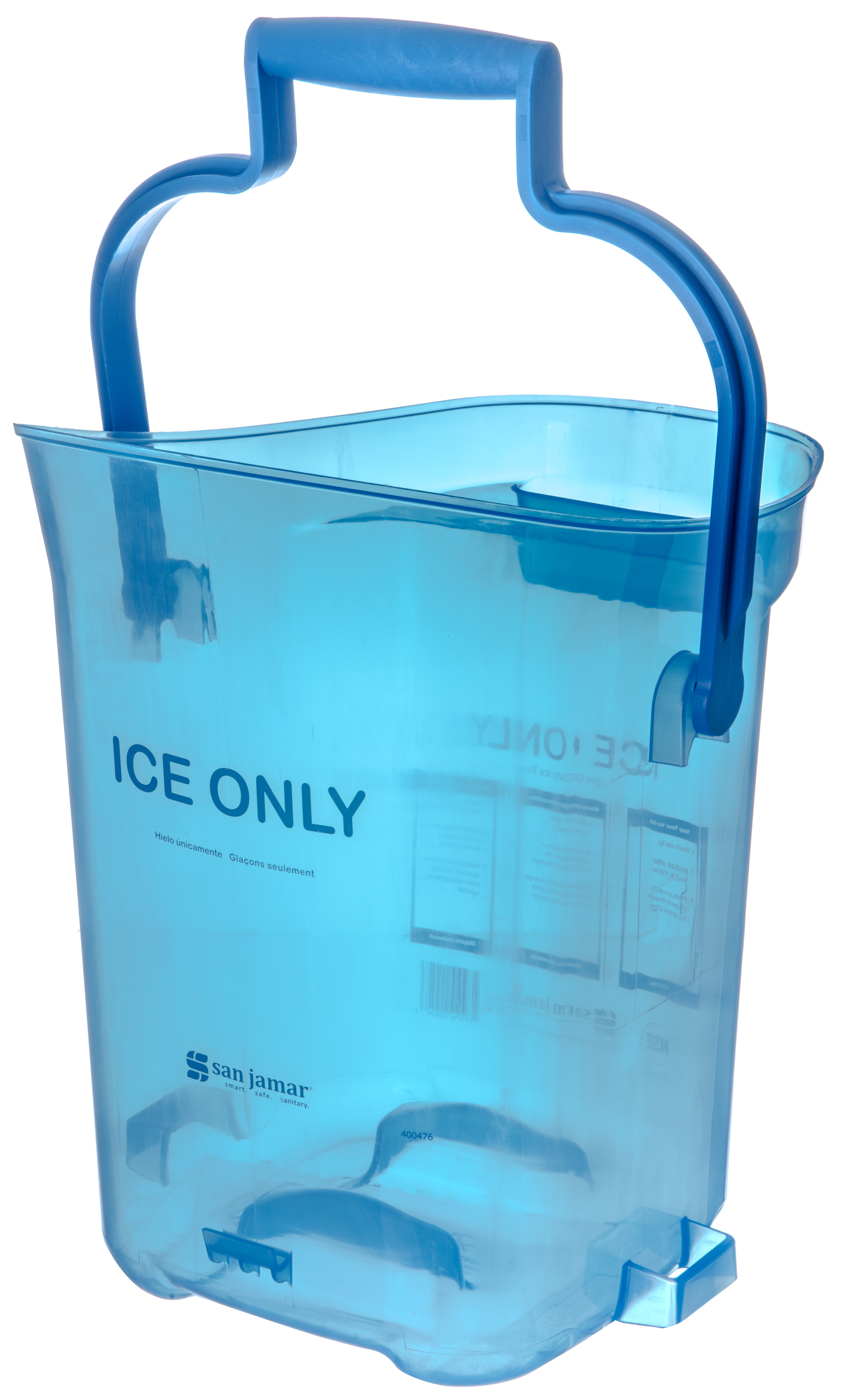
Round Out Your Ice Tote Equipment with a Dedicated San Jamar Ice Tote
Carrying 50 lbs. of ice all the way from the back of the house to the front is no joke. Often for an employee to make the trip, they can’t use the full capacity of the ice totes. They are simply too heavy when full.
Avoid costly work-related injuries and increase productivity with a handy San Jamar Dedicated Safe-T Ice Cart. It can hold two San Jamar Safe-T Ice Totes filled to the max and when not in use, it folds in half for convenient storage. Choose from two models designed for either the 6-gallon full size or the 5-gallon shorty version.
Ice Equipment Maintenance
To maintain high-quality contamination-free ice, follow these steps recommended by FoodQualityAndSafety.com:
- Empty and clean your ice machine 2-4 times per month to reduce the risk of contamination, eliminate odors, and improve the taste of the ice
- Completely clean and descale your ice machine every 6 months, even if it is a self-cleaning unit
- Use a water filter that can handle the hardness of your water and change it at the recommended intervals (no filter is better than an old dirty filter)
- Vacuum around the coils and cooling unit
- Store your ice machine away from stoves, refrigerators, and other kitchen appliances to reduce the risk of cross-contamination
Carlisle offers a wide range of ice handling equipment to make your employee’s jobs easier and your restaurant cleaner and safer. Contact a sales rep today to see our full catalog of foodservice products.
